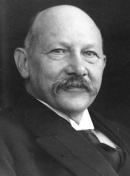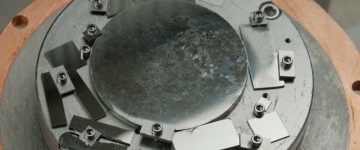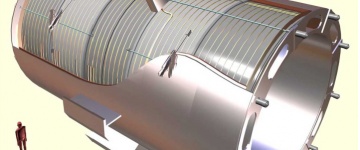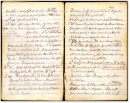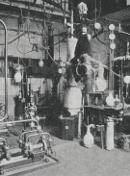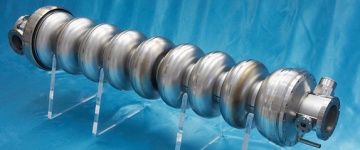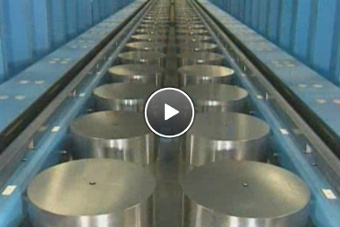Superconductivity in the media
All over the world news outlets reflect on the remarkable achievements made possible by the discovery of Heike Kamerlingh Onnes on 8 April 1911.
from BBC
18 April 2011
Superconductors got hot 25 years ago
Superconductivity is a hundred years old this month, and a way to make it accessible turned 25 this week. But just how it does what it does remains a mystery even now.
from Scientific American
8 April 2011
Absolute Hero: Heike Onnes’s Discovery of Superconductors Turns 100 [Slide Show]
A century after the discovery of materials that conduct electricity without resistance, the applications remain disappointingly limited. That may be about to change.
from Science
8 April 2011
Superconductivity’s Smorgasbord of Insights: A Movable Feast
On 8 April 1911, physicist Heike Kamerlingh Onnes scrawled in a notebook misdated 1910, “Mercury practically zero.” Lost in a page of text, that cryptic phrase marks perhaps the most important discovery in the physics of materials.
from physicsworld.com
6 April 2011
Down the path of least resistance
Since its discovery 100 years ago, our understanding of superconductivity has developed in a far from smooth fashion.
from Nature
1 April 2011
A very cool birthday
Superconductivity may have reached its centenary, but if anything it’s a more active field of research today than ever. From materials dull or shiny, to the race for the Higgs boson, superconductivity remains relevant and exciting.

